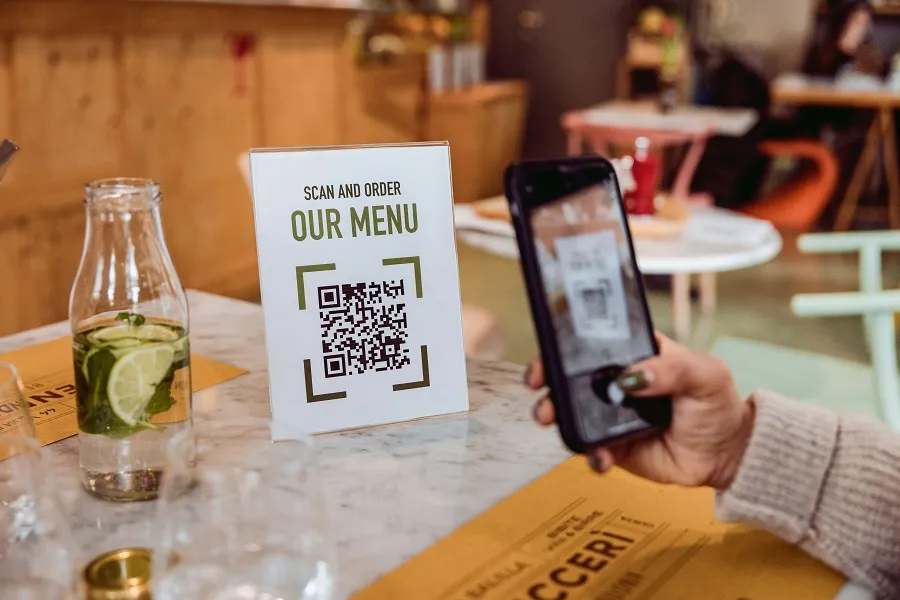In recent years, the ubiquitous QR code has found a new and innovative application in the restaurant industry. As a response to the digital age and evolving customer preferences, many restaurants have adopted QR codes to enhance the dining experience. From digital menus to contactless ordering and payment options, QR codes are revolutionizing the way patrons interact with restaurants. This article explores the various ways in which QR codes are transforming the dining landscape, providing convenience, efficiency, and a touch of modernity.
Digital Menus for a Contactless Experience:
The most common use of QR codes in restaurants is the implementation of digital menus. Traditionally, customers would be handed physical menus upon arrival, but in an era where hygiene and contactless transactions are paramount, digital menus have become a game-changer. By scanning a QR code displayed on the table or provided via signage, patrons can access the complete menu on their smartphones. This not only reduces physical contact with menu cards but also offers the convenience of instant updates and customization options.
Enhanced Customer Engagement:
QR codes go beyond merely presenting menus; they can also be leveraged to enhance customer engagement. Restaurants can embed QR codes in marketing materials, allowing customers to access promotional videos, chef interviews, or virtual tours of the kitchen. This personalized touch adds a layer of interaction, making the dining experience more immersive and memorable.
Efficient Ordering and Payment:
QR codes streamline the entire dining process, making it more efficient for both customers and restaurant staff. Patrons can use their smartphones to place orders directly from the digital menu, reducing the wait time for service. Additionally, QR codes facilitate contactless payments, enabling customers to settle their bills seamlessly without the need for physical cash or credit cards. This not only accelerates table turnover but also aligns with the growing demand for cashless transactions.
Customization and Allergen Information:
Digital menus accessed through QR codes can be designed to accommodate various dietary preferences and restrictions. Customers can easily filter menu items based on allergens, dietary restrictions, or preferences, ensuring a tailored dining experience. This level of customization not only caters to a broader customer base but also showcases a restaurant’s commitment to accommodating diverse needs.
Adapting to Changing Trends:
QR codes offer a flexible and adaptable solution for restaurants, allowing them to quickly pivot in response to changing trends and regulations. For instance, during the COVID-19 pandemic, QR codes became essential tools for contact tracing, menu updates, and compliance with safety protocols. Restaurants that had already integrated QR code technology found it easier to adapt to these challenges, showcasing the versatility of this digital tool.
Conclusion:
The integration of QR codes in restaurants has transcended the mere scanning of menus; it has become a pivotal aspect of modern dining. By embracing digital menus, enhancing customer engagement, and streamlining the ordering and payment processes, QR codes have revolutionized the way we experience dining out. As technology continues to advance, it is likely that QR codes will play an even more significant role in shaping the future of the restaurant industry, offering a blend of convenience, efficiency, and a touch of innovation to diners worldwide.

